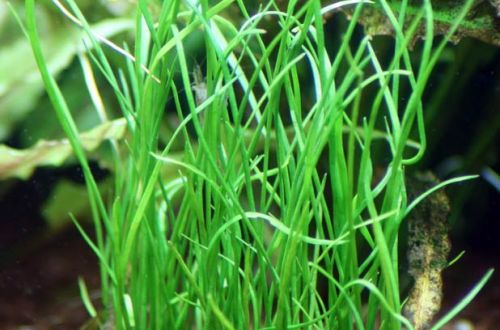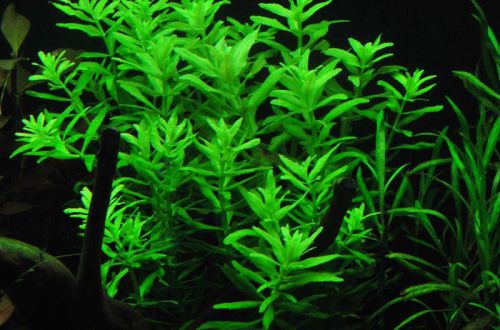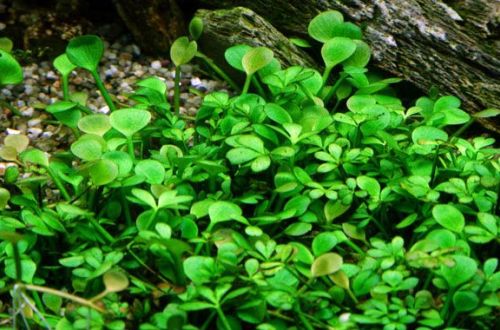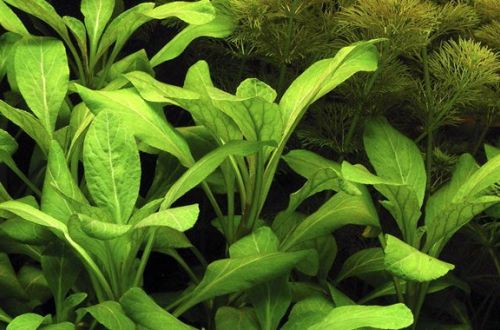
ice grass
Ice grass, scientific name Isoetes velata var. Sicula. It belongs to a group of ancient plants that, like ferns, can reproduce by spores. It grows throughout Europe from hot Italy and Spain to cold Scandinavia. It grows everywhere on wet substrates along the banks of rivers, lakes and under water in shallow water.

It is worth noting that the name “Isoetes velata” is often erroneously used in relation to a completely different, albeit similar, species of Maclovian Lilaeopsis (Lilaeopsis macloviana).
This herbaceous plant forms a dense rosette of thin long (10–30 cm) dark green leaves. The root system may have a miniature tuber (about 2 cm) that stores nutrients, but mainly develops a creeping rhizome.
Ice grass grows well in a wide variety of environments. It can be used both in aquariums and in open, ponds, paludariums. The level of illumination and the hydrochemical composition of water are not significant. As a substrate, it is worth choosing fine-grained soil, for example, coarse sand.
Breeding is difficult. At the base of old leaves, sporangia are formed – a kind of container for spores. In separate sporangia (heterosporia), two types of spores develop: large macrospores and powdery microspores. Reproduction is carried out by mixing two types of spores in a small amount of water mixed with sand. Then the resulting mixture is sown in nutrient soil.





